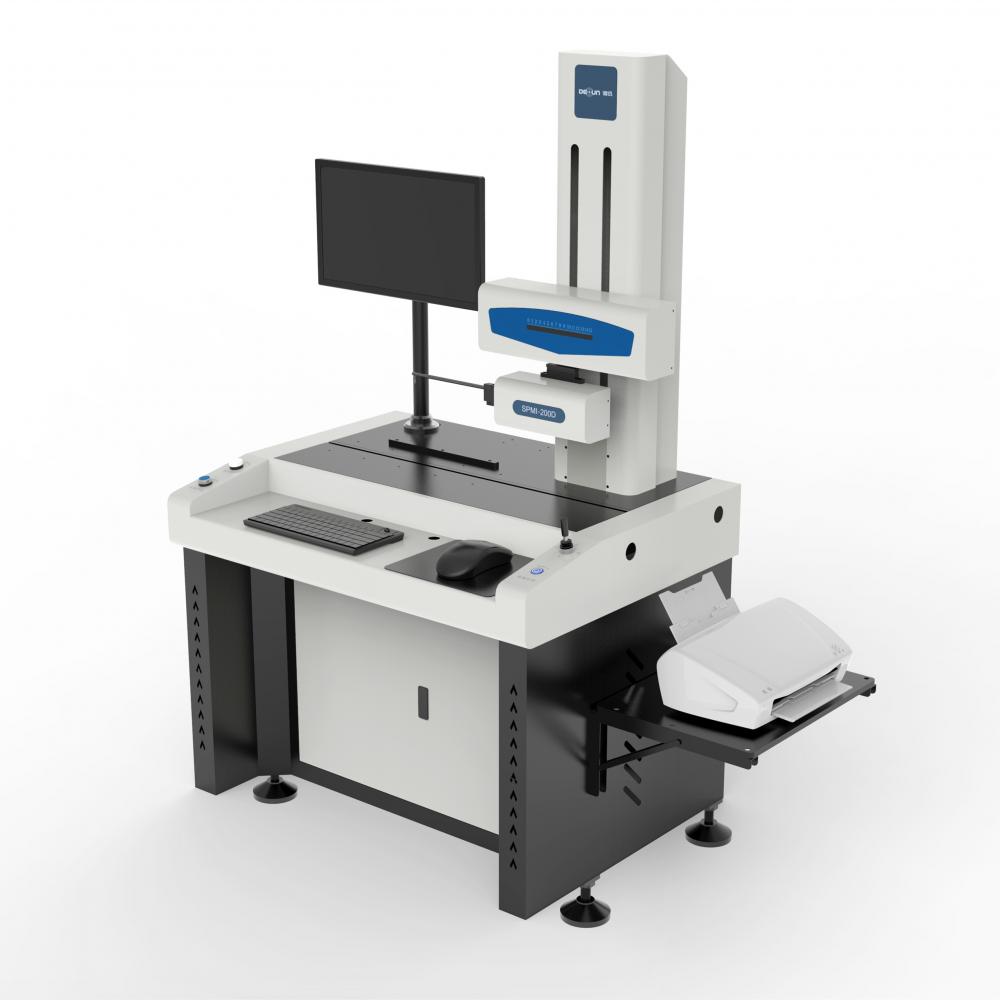Family: Rosaceae, specifically the Rose genus
Species: Deciduous shrubs
Morphological Characteristics:
These plants grow in clusters, with an upright habit, reaching heights between 30 cm and 50 cm. The stems are covered with prickles, and the leaves are alternate, pinnate, with sharp serrations along the edges.
The flowers appear in clusters at the top of the branches, forming a multi-headed bloom. They have double petals, with a diameter of approximately 3 cm. The colors include red, pink, yellow, and more, and under suitable conditions, they can bloom throughout the year.
Growth Habits:
Diamond roses thrive in warm, humid, and sunny environments with good air circulation. They should be kept away from dark, damp, and poorly ventilated areas. They have some cold tolerance and prefer loose, fertile soil rich in humus with good drainage and a neutral pH.
During the growing season, they should be placed outdoors in a well-ventilated, sunny area. Watering should follow the "see dry, see wet" method—avoid both overwatering and allowing the soil to dry completely. A diluted liquid fertilizer or compound fertilizer can be applied every 7 to 10 days. In summer, when temperatures are high, growth slows down and flowering becomes less frequent. At this time, it's best to place them in a shaded but well-ventilated area without fertilizing.
After each bloom, cut off the spent flowers and shoots promptly. Trim the stems just above the second or third compound leaf, about 0.5 cm above, to encourage new growth and re-flowering. At the beginning of winter, perform a heavy pruning by removing weak branches and cutting back other branches by one-third to one-half. Then, move the pots to a sheltered, sunny outdoor location or a cool room during winter. Keep the temperature moderate to avoid premature growth, which could negatively affect next year’s development.
Additionally, a repotting can be done before spring growth begins.
Propagation Methods:
Diamond roses can be propagated through various methods. One common technique is to take cuttings from healthy, vigorous shoots in sandy or loamy soils, about a week after the growing season starts. Keep the soil and air moist, and avoid direct sunlight to promote rooting.
Water propagation is also possible for this plant.
Uses:
With its compact size, delicate flowers, and vibrant colors, diamond rose is ideal for indoor potting, balcony gardening, and landscape design. It can also be used as a cut flower. Its ability to bloom in winter makes it especially popular for decorative purposes during the colder months.
Roughness Profilometer, also known as surface roughness meter, surface smoothness meter, surface roughness tester, roughness measurement meter, roughness tester, and other names. It has the characteristics of high measurement accuracy, wide measurement range, easy operation, portability, and stable operation. It can be widely used for the detection of various metal and non-metal processing surfaces. This instrument is a pocket instrument that integrates sensors and hosts, with handheld characteristics, making it more suitable for use in production sites. The exterior design is sturdy and durable, with significant resistance to electromagnetic interference, in line with current design trends.

The application fields of roughness meters include:
1. Mechanical processing and manufacturing industry, mainly metal processing and manufacturing. Roughness meters were originally developed to detect the surface roughness of machined parts. Especially, stylus type roughness measuring instruments are more suitable for detecting hard metal surfaces. For example, the automotive parts processing and manufacturing industry, the mechanical parts processing and manufacturing industry, and so on. As long as these processing and manufacturing industries involve the surface quality of workpieces, the detection application of roughness meters is essential.
2. In the non-metallic processing and manufacturing industry, with the progress and development of technology, more and more new materials are applied to processing processes, such as ceramics, plastics, polyethylene, etc. Some bearings are now made of special ceramic materials, and pump valves are made of polyethylene materials. These materials have a hard texture, and some applications can replace metal materials to make workpieces. During production and processing, their surface roughness also needs to be tested.
3. With the continuous strengthening and improvement of the technology and functions of roughness meters, as well as their in-depth promotion and application, more and more industries have been found to require roughness detection. In addition to mechanical processing and manufacturing, roughness evaluation is also required in the production and processing of power, communication, electronics, such as couplings on switches, integrated circuit semiconductors, and even stationery, tableware, and other products used in people's daily lives The surface roughness of human teeth needs to be tested.
Profile Projector ,Roughness Profilometer,Roughness Measuring Instrument,Surface Roughness Tester,Roughness Tester,Mitutoyo Roughness Tester
Zhejiang dexun instrument technology co., ltd , https://www.dexunmeasuring.com